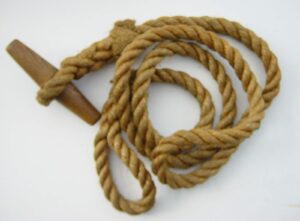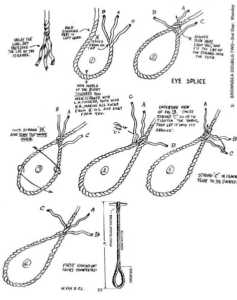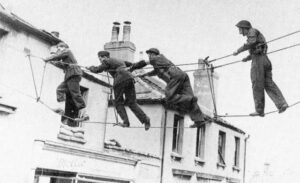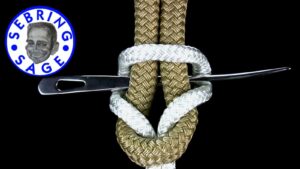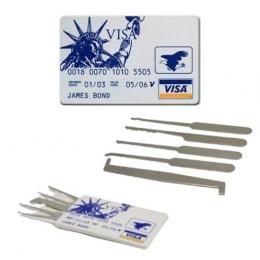Over the past couple of years I have looked at the soldier’s load several times. Today’s blog attempts to bring many of these ideas together as a single checklist.
The list below does not include weapons, armour or other protective clothing. Nor have I included radios or other specialist items. The later may be subject to a future article. In passing, I will note that body armour becomes counter-productive if its weight limits activity to such an extent the soldier becomes more likely to be hit. Similarly there is little point in carrying such a weight of water that your water consumption increases. Munition loads must also not be excessive. In an urban environment shelter can easily be found, so there is little point in carrying a tent. Packs should be cached whenever possible. Ideally the soldier will be able to operate for a day or so with just the “body” items suggested below.
Body.
· Space blanket, trouser pocket. Can also be used as a waterproof and for signalling.
· Swiss Army Knife. Avoid multi-tools that weigh more than a few ounces.
· First aid kit, trouser pocket. Kit for minor injuries and aliments.
· Fire kit, trouser pocket. Pair of lighters and some tinder in a tube or bag.
· Fishing and snare kit, trouser pocket.
· Battle trauma kit, belt pouch. For major injuries. Complete kit must fit inside one two-litre pouch.
· Water bottle(s) or bladder, belt pouch. Two litres of drinking water carried on the person. Either a single bladder or two one-litre bottles.
· Water purification tablets. A small supply carried in either a pocket or a pouch.
· Compass. Some personnel will need sighting compasses. The average rifleman will find a wrist compass adequate to most of his needs.
· Fish line, 30 metres. Numerous uses, this is in addition to any line in the fishing kit.
· Toggle rope. Exact form to be discussed in this article.
· Flashlight with filter. This is in addition to weapon-mounted systems. Can be used for signalling. Probably carried in misc. pouch.
· Pencil and notebook. In waterproof plastic bag.
· Small mirror. Lightweight and unbreakable. This can be used for signalling. Mounted on a lightweight telescopic handle this may be used to look around obstacles or search under vehicles.
· Zip ties. Numerous uses, including securing suspects and prisoners. A small number may be attached to a belt with elastic and passed behind a pouch. Additional ties can be carried in a pocket or pouch or in the pack.
· Camouflage face paint. A small stick or piece of burnt cork to be carried in a pocket or in the misc. pouch.
· Minimal weapon cleaning kit.
· Small bottle of insect repellent.
· Small bottle of sun cream.
· Plastic whistle (brown or olive) and Photon light on neck chain.
· Additional field dressings.
Patrol Pack.
· Pair of sandbags. Used to cover boots if sleeping in boots. Numerous other uses.
· Pegs (with screwdriver). Pegs of a design suited to the type of terrain anticipated. Screwdriver used to make holes for pegs
· Pole sections and guy ropes.
· Spare socks. One pair of spare insoles.
· Foot powder.
· Wash Kit. Mesh bag with
o Half bar of unscented soap or small tube of liquid soap.
o One disposable razor.
o Deodorant/ antiperspirant stick (unscented).
o Plastic comb.
· Bandana, to serve as towel.
· Brew kit.
· Reserve insect repellent. A larger bottle, to top up that carried on the body.
· Reserve sun cream. A larger bottle, to top up that carried on the body.
· Repair kit. Needles, safety pins, whetstone, invisible thread, pack/ pouch buckles, buttons, superglue, electrical tape wrapped around spare pencil.
· Remainder of weapon cleaning kit.
· Extra water.
· Extra water purification tablets.
· Extra fire items.
· Toilet paper. In waterproof bag.
· Duct tape.
· Bivibag (optional). Carried by man with groundsheet.
· Hammock (optional). Terrain dependent
Movable items: Some items may be more comfortably carried with the pack but are transferred to the body if the pack is cached. These include:
· Poncho.
· Tool. This may be a spade or pick, a crowbar, brick hammer or small axe. A variety of tools would be carried by a unit and the exact load out varied with environment.
· A few 4"-6" nails. Can be used for shelter construction or as emergency pegs. In an urban environment can be used to secure doors or windows or construct a ladder.
Clothing. What additional clothing carried will depend on mission duration and conditions. There is little point carrying clean underwear on a patrol intended to last just a few hours.
· Accessories such as hats, scarves and gloves.
· Spare jacket and trousers, depending on mission duration and climate. The soldier changes into his drier, cleaner clothes to sleep.
· Underwear and socks.
Food. Food is supplied in forms that can be eaten without cooking, and preferably without utensils. A few items are carried on the soldier, the majority in the pack. Food can be heated with Zesto-therms so the canteen cup is the only cooking vessel carried.
